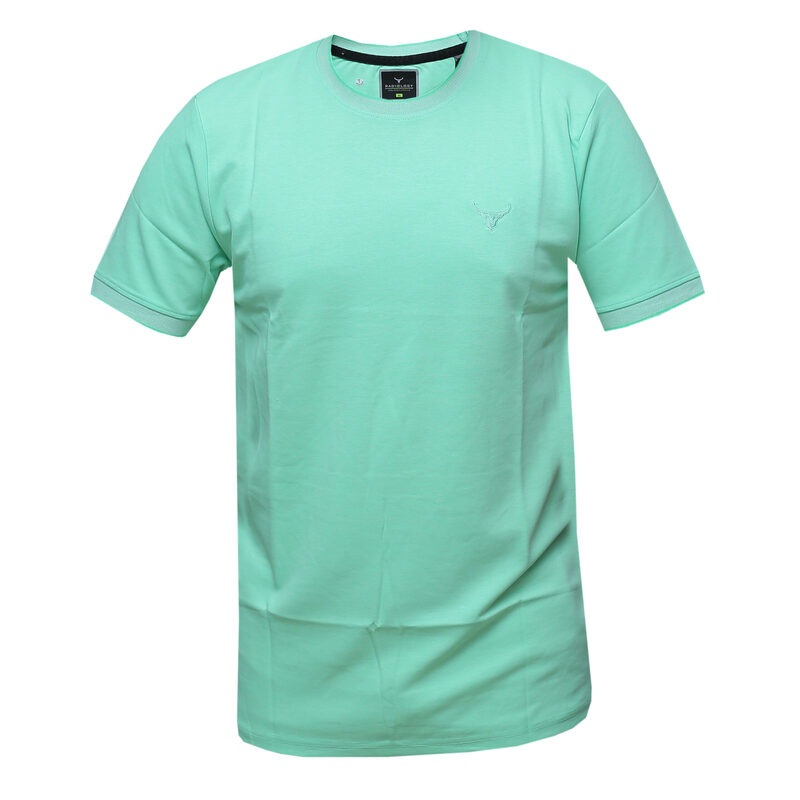
In the world of fashion, few items have maintained their popularity as the humble t-shirt. These versatile garments have transitioned from basic undergarments to fashion statements worn by people of all ages and backgrounds. The t-shirt is now a canvas for self-expression and creativity. As trends evolve, the t-shirt adapts, remaining a staple piece in many wardrobes. From classic designs to modern prints, t-shirts come in countless styles, making them accessible for everyone.
The Evolution of T-Shirts
Origins in Workwear
T-shirts originated in the early 20th century as workwear for American soldiers. Initially, they were made from cotton that provided comfort. Soldiers needed a simple garment to wear under their uniforms. Over time, t-shirts became more widely accepted as casual clothing beyond military use. In the 1950s, they gained popularity among civilians thanks to Hollywood icons like Marlon Brando. The shirt was no longer just a functional piece; it became a symbol of rebellion and youthful spirit.
Cultural Impact
The t-shirt’s cultural impact cannot be overstated. They became tools for political movements and social causes, making statements that resonated with the public. Many activists embraced t-shirts to promote their messages, from civil rights to environmental issues. These garments have long been a medium for artists and designers, allowing them to express their creativity. As a result, the t-shirt has become a vehicle for change, and people wear them with pride.
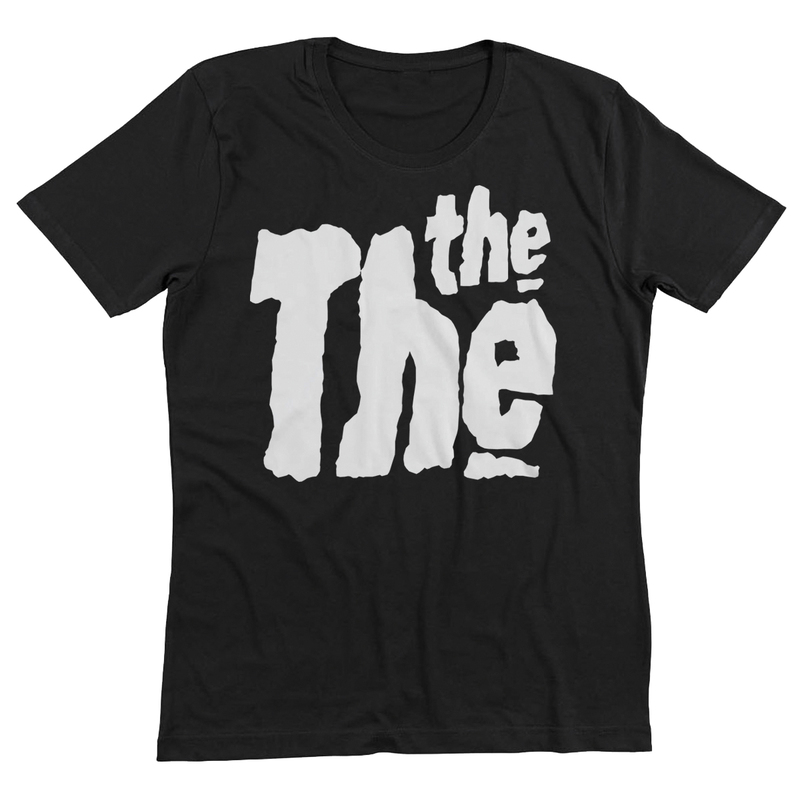
Variety in T-Shirt Designs
Graphic Tees
Among the many t-shirt types, graphic tees stand out for their bold designs and visuals. Featuring logos, artwork, or phrases, they allow the wearer to display their interests or beliefs. Brands have capitalized on this trend, often collaborating with artists to create striking visuals. Graphic tees are not just clothing; they represent culture, fandom, and identity. From music bands to pop culture icons, graphic t-shirts can spark conversations.
Vintage and Retro Styles
Vintage and retro styles have seen a remarkable resurgence in recent years. Many people enjoy wearing t-shirts that evoke nostalgia, reminding them of simpler times. Brands specialize in creating distressed replicas of classic designs. These shirts not only celebrate pop culture’s past but also allow wearers to connect with it. Vintage tees often tell a story, offering a glimpse into the wearer’s tastes and experiences.
The T-Shirt as a Branding Tool
Promotional Merchandise
Companies have smartly leveraged t-shirts as promotional merchandise. Businesses create branded t-shirts for events, giveaways, and more, turning customers into walking advertisements. These shirts often help generate brand recognition in a competitive market. People love free t-shirts, making them pretty effective tools for marketing. When designed well, they have a chance to be worn over and over again, increasing exposure.
Charity Events
The t-shirt’s potential extends into charity and fundraising initiatives. Many organizations produce custom designs to promote their causes. When individuals purchase these shirts, they not only express their support but also contribute monetarily. Fundraising t-shirts allow people to show their allegiance to a cause while wearing something meaningful. Such initiatives can create a sense of community and shared purpose, leveraging the capable symbol of the t-shirt.
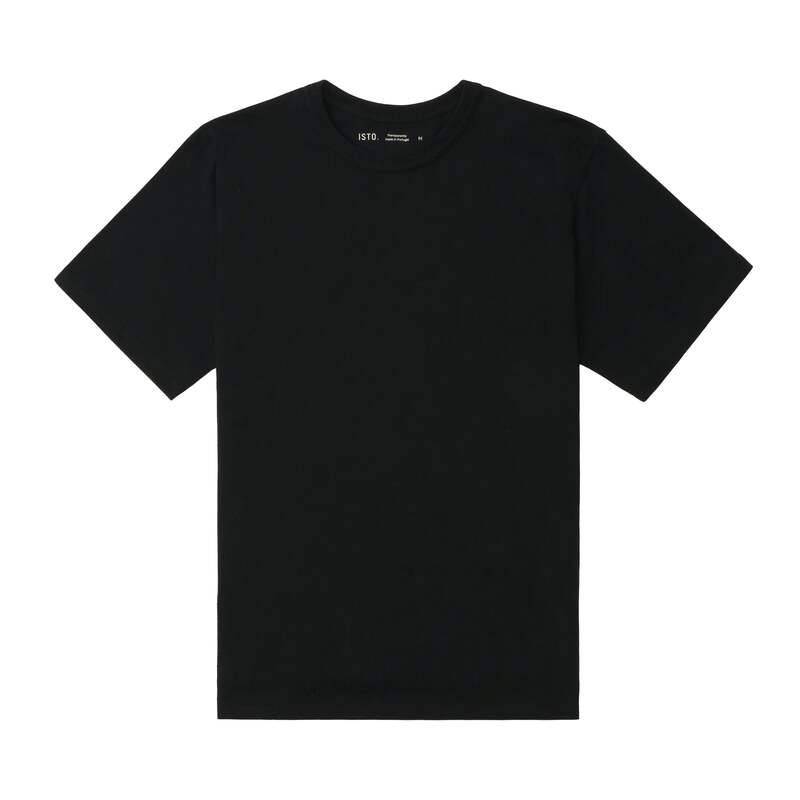
Sustainable Practices in T-Shirt Production
Ethical Sourcing
The fashion industry has come under fire for unethical sourcing practices. This scrutiny has led to a growing number of companies embracing sustainable practices. Many brands focus on producing t-shirts from organic cotton, recycled materials, or ethically sourced fabrics. This shift toward better practices reflects consumers’ increasing demand for transparency. As a result, companies are becoming more aware of their environmental impact and taking steps to mitigate it.
Eco-Friendly Printing Techniques
Furthermore, eco-friendly printing techniques are becoming more popular. Traditional methods often use harmful chemicals, but new methods utilize safer alternatives. Water-based inks have emerged as an eco-friendly option, reducing pollutants. Brands increasingly focus on making the production process environmentally friendly. This shift not only benefits consumers but also the planet, aligning with global movements toward sustainability.
The Future of T-Shirts
Technology and Innovation
As technology advances, the future of t-shirts looks brighter. Innovation in fabric technology has led to the development of performance materials. These fabrics often possess moisture-wicking properties, making them ideal for active lifestyles. Moreover, advancements in digital printing have transformed customization. Consumers can now easily order t-shirts that reflect their personal style. Such innovation indicates that t-shirts will continue to evolve, maintaining their appeal.
Customization and Personalization
In addition, personalization is becoming a key aspect of the t-shirt market. Customers now seek unique designs tailored to their tastes. Platforms allow users to create their graphics or text, resulting in a one-of-a-kind product. This level of customization appeals to those who want to stand out. It fosters a deeper connection between the wearer and the garment, making it a cherished part of their wardrobe.
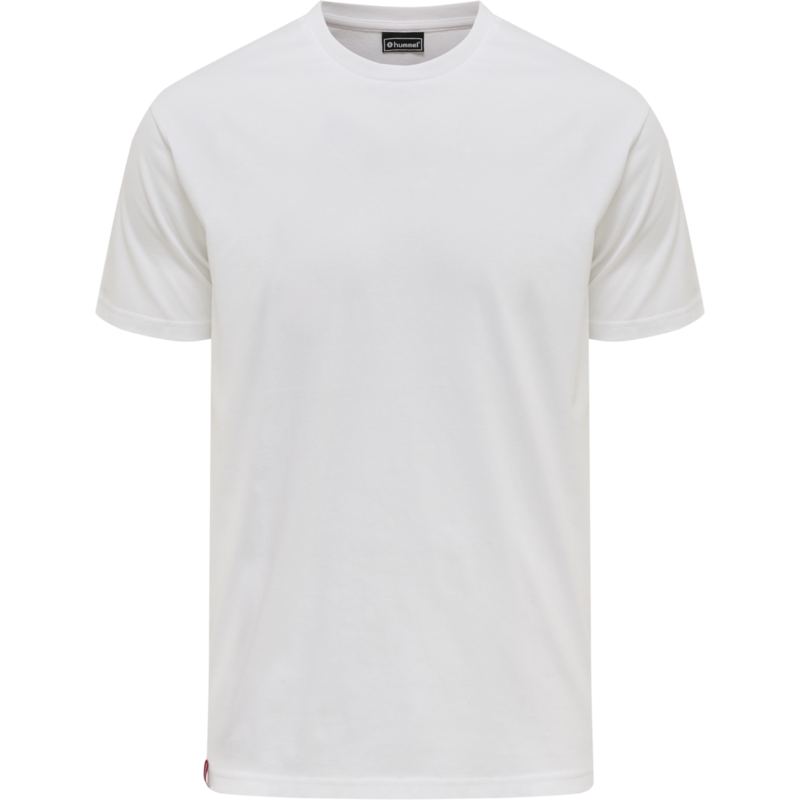
The T-Shirt’s Role in Fashion Trends
Streetwear Influence
Streetwear has had a significant impact on t-shirt trends in recent years. This casual style has incorporated t-shirt into high-fashion lines, blending comfort with luxury. Many upscale brands now include graphic and oversized t-shirts in their collections. The combination of casual wear with high-end fashion demonstrates the t-shirt’s versatility. Streetwear has effectively made t-shirts aspirational while staying accessible.
Seasonal Trends
Every season brings fresh t-shirt trends, showcasing the garment’s adaptability. For instance, during warmer months, light fabrics and vibrant colors are prevalent. Conversely, when fall approaches, consumers seek darker shades and longer sleeves. Seasonal changes influence not only the styles but also the materials used in t-shirt production. Brands need to stay attuned to these shifting preferences to remain relevant.
Global Reach of T-Shirts
Cultural Variations
T-shirts are not limited to one culture; they have global appeal. Different regions have unique styles and trends, reflecting their cultural backgrounds. For instance, graphic tees with local sayings resonate with pride among certain communities. Others may showcase regional artwork or motifs, emphasizing local identity. This diversity enriches the t-shirt market, highlighting how clothing can reflect individual and collective cultures.
International Markets
Moreover, international markets present opportunities for t-shirt expansion. As e-commerce continues to grow, brands can reach customers worldwide. Online platforms enable consumers from different cultures to access varied t-shirt designs. This global reach fosters cross-cultural understanding as individuals share their distinctive styles. Consequently, the t-shirt becomes a medium for connection across borders.
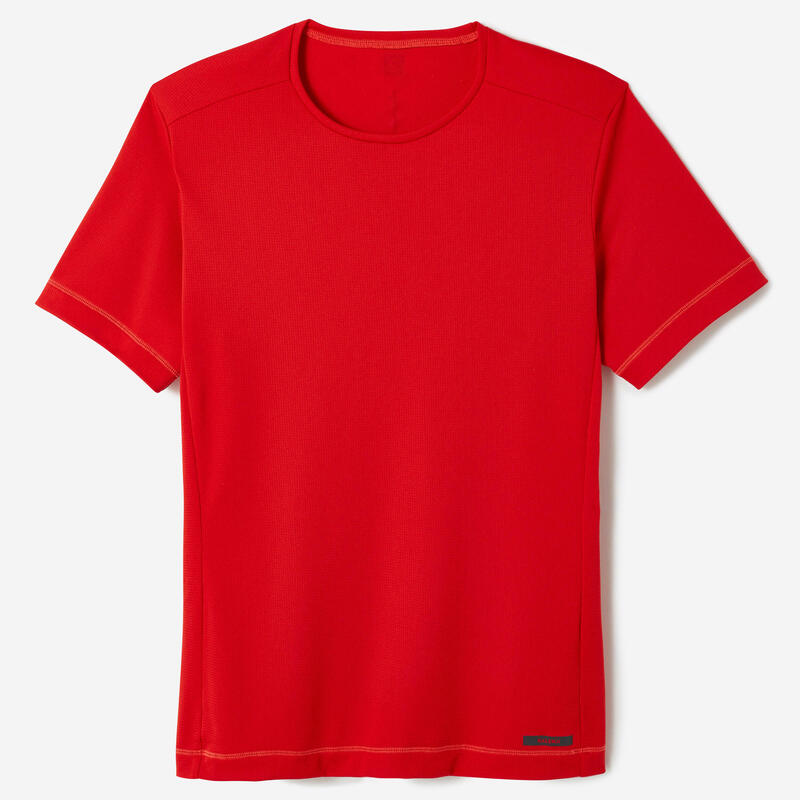
T-Shirts in Social Movements
Fashion as Activism
T-shirts have played important roles within social movements, serving as wearable representations of solidarity. They empower individuals to express beliefs and advocate for change. Artists and designers often create limited-edition shirt that raise awareness about social issues. The bold simplicity of a t-shirt makes it an effective tool for activism, generating discussions that matter. Wearers often see t-shirts with political messages as conversation starters.
Collective Identity
In addition, t-shirts help forge a sense of collective identity among supporters of various causes. When individuals wear the same shirt promoting a message, they become part of a unified front. Such visual unity amplifies the movement’s reach and impact, showing the strength in numbers. T-shirts have thus emerged as powerful symbols of unity and purpose when working toward a common goal.
Buying and Caring for T-Shirts
Choosing the Right T-Shirt
When it comes to buying t-shirt, fit and fabric quality are paramount. Opt for breathable materials for comfort, especially in warm weather. Before making a purchase, consider sizing options to ensure the best fit. Moreover, don’t hesitate to explore different styles, such as crew neck or V-neck. The right choice can enhance your comfort while allowing for better self-expression.
Care Tips for Longevity
To preserve the lifespan of your t-shirts, proper care is essential. Always wash them inside out to protect the graphics and colors. Use cold water and a gentle cycle to minimize wear. Air drying rather than using a dryer helps maintain the fabric’s integrity. By following these simple steps, your favorite t-shirt will stay vibrant and last longer, making them dependable staples in your wardrobe.
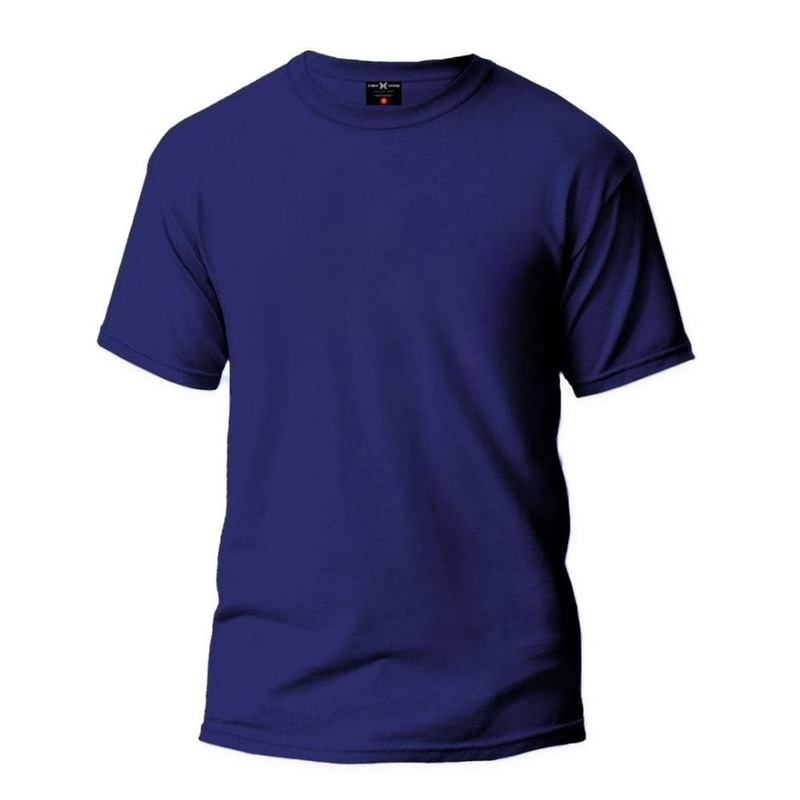
Conclusion: Why T-Shirts Matter
In conclusion, t-shirts remain a significant aspect of modern fashion culture. Their versatility, cultural impact, and ability to represent individuality make them invaluable. From casual wear to statement pieces, t-shirts adapt to the times while preserving their core function. Moreover, as the fashion landscape shifts toward sustainability and inclusion, t-shirt will likely continue thriving. Whether as a canvas for personal expression or a tool for social change, t-shirt hold a unique place in our lives.
Indeed, they have transcended mere clothing. T-shirts have become a form of art and a mechanism for connection. With ongoing innovations, exciting trends will undoubtedly shape their future. As long as creativity drives their evolution, t-shirts will remain cherished by many across the globe.
